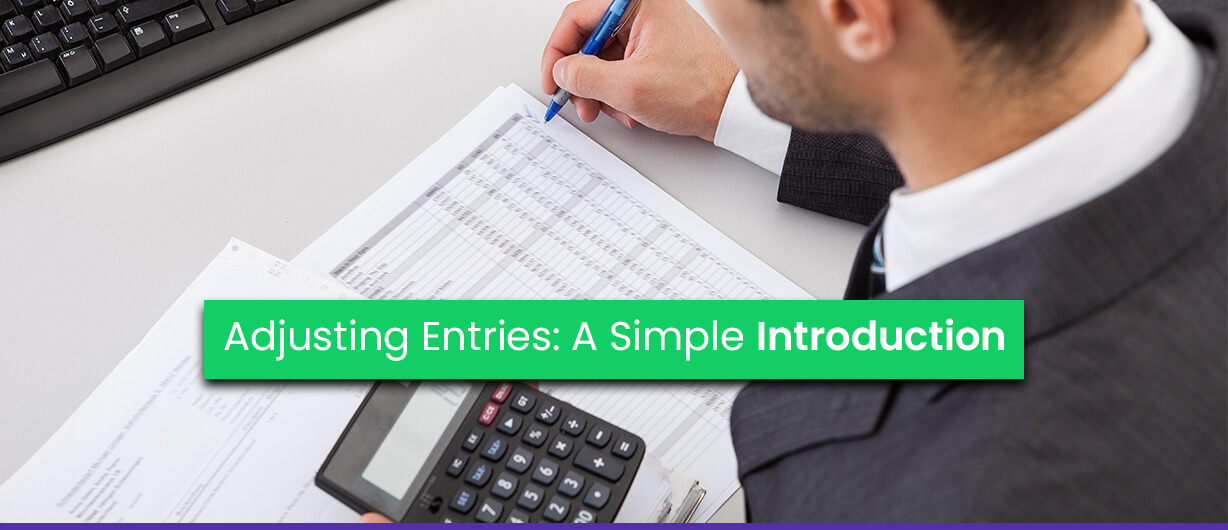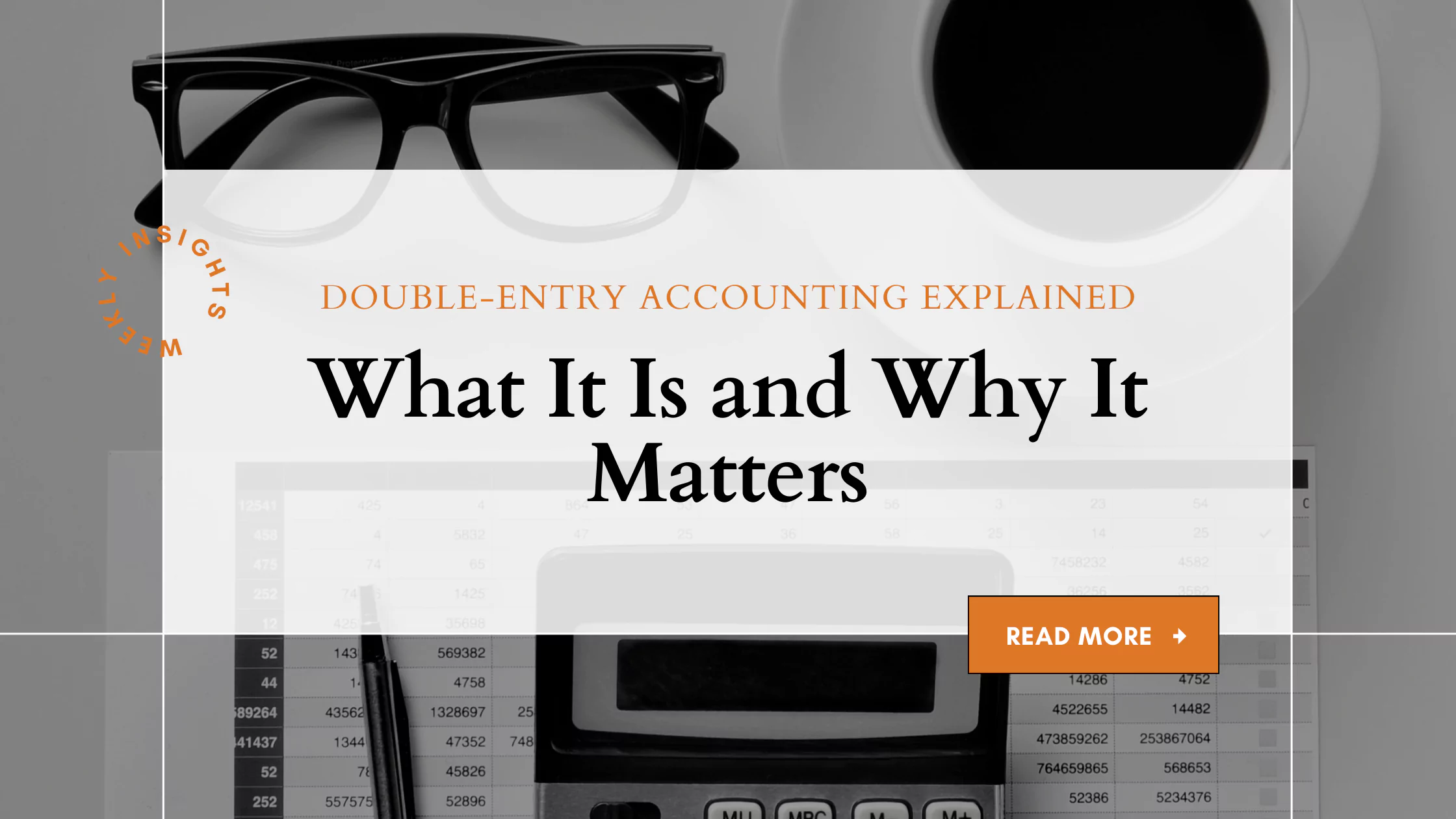July 6 2022 | By Farwah Jafri | 4 minutes Read

Most businesses use the accrual-based accounting technique for its manifold benefits and industry-wide acceptance. All its perks aside, accrual accounting makes it a tad bit difficult to manage finances as it counts income as soon as the invoice comes and factors expenses once the bill is received days, months, and sometimes years before cash changes hand.
How to manage the mess accrual accounting creates? Adjust entries. Adjusting entries is simply aligning revenues and expenses in the correct order. A necessary at the end of each fiscal year, adjusting journal entries helps businesses keep their finances in order and stay compliant.
Generally, adjusting journal entries is about fixing two main sections in your books: accruals and deferrals. Let’s explore the two before diving deeper into why adjusting entries is a must.
Accrual adjustments are required for incurred expenses and earned revenue left unrecorded in the books.
Deferral entry adjustments are required when cash payments and bill receipts get added before they are recognized.
The whole point behind adjusting entries is matching expenses and revenue to their accurate date. Knowing when you receive or spend money, as opposed to when it is first recognized, is essential to achieve the financial clarity every entrepreneur desires.
Adjusting entries helps you stay compliant with accounting standards like International Financial Reporting Standards (IFRS). Running a business with unbalanced books and improper finances is a recipe for disaster, and till you align expenses and revenues to the time the cash really changes hands, it will remain so.
See Also: Cash Management Strategies: 10 Things You Need To Know
As accrual accounting requires adding journal transactions, be it income or expense, in real-time, adjusting the two at the end of every fiscal period is a must. Fortunately, it is not as troublesome as it seems. There are, at max, five types of adjustments, and unlike other accounting terms, the good thing is there’s a difference as clear as day between them.
Accrued revenue adjustment is for times when the revenue is generated in one accounting period and recognized in another.
For instance, let’s say you perform a service in June whose invoice gets factored in the day you begin. However, the service takes a month to complete and gets billed in July. Here, accrued revenue adjustment is required, putting the service in the month of July rather than June to remove discrepancies and make entries balanced.
Knowing what accrued revenue is, it is easy to grasp the concept behind accrued expenses. It is the same as the first, except we consider costs rather than revenues. Simply put, it’s about adjusting entries incurred in one period and paid in another.
Also called accrued liabilities, its best example is employee wages. Wages are generated at the month’s start and paid at its end. And, adjusting expense entries are required every month or period end to keep the books balanced.
Prepaid expense adjustment is for every expense you pay upfront and use later. It includes assets and services you pay upfront and use throughout the accounting period, like office supplies.
For example, you buy supplies at the month’s start and enter them into the books, however, adjusting entries is about recording them when they get depleted, be it month-end or years.
Like prepaid expenses, deferred revenues include income you make in advance, even before you sell the product or complete the service. Adjusting deferred revenues is about aligning that advanced payment to the period when you actually sell the product or provide the service.
Depreciation occurs over time, especially in large purchases like equipment, machines, buildings, and vehicles. However, we often show asset depreciation by a single payment. Adjustment is required to align depreciation to the end of each accounting period when it occurs.
Depreciation adjustments are required to keep your expenses aligned. It also includes the accumulated depreciation over the course of the company’s lifetime, called a contra asset account.
In this scenario, an adjusted journal entry is made for depreciation at every month’s end, crediting accumulated depreciation and debiting depreciation expense.
At first, adjusting entries may seem intimidating, but it helps keep your business compliant with financial standards.
Once you know the common types of adjusting entries and the concept behind them, it gets easier to depict the financial health of your business. It is unwise to predict financial health by the time income or expense is recognized because at the end of the day, what matters most is when the cash change hands.
Subscribe for business tips, tax updates, financial fundamentals and more.
MORE BLOGS

When it comes to accounting, businesses often face a confusing question: which accounting method should we adopt? The choice typically boils down to the cash basis […]
Learn More →
Driving for Uber or delivering with Uber Eats can be a flexible and rewarding way to earn money. But when tax season rolls around, many drivers […]
Learn More →
Every business, big or small, has one thing in common: the need to keep its finances in order. At the heart of this financial organization lies […]
Learn More →